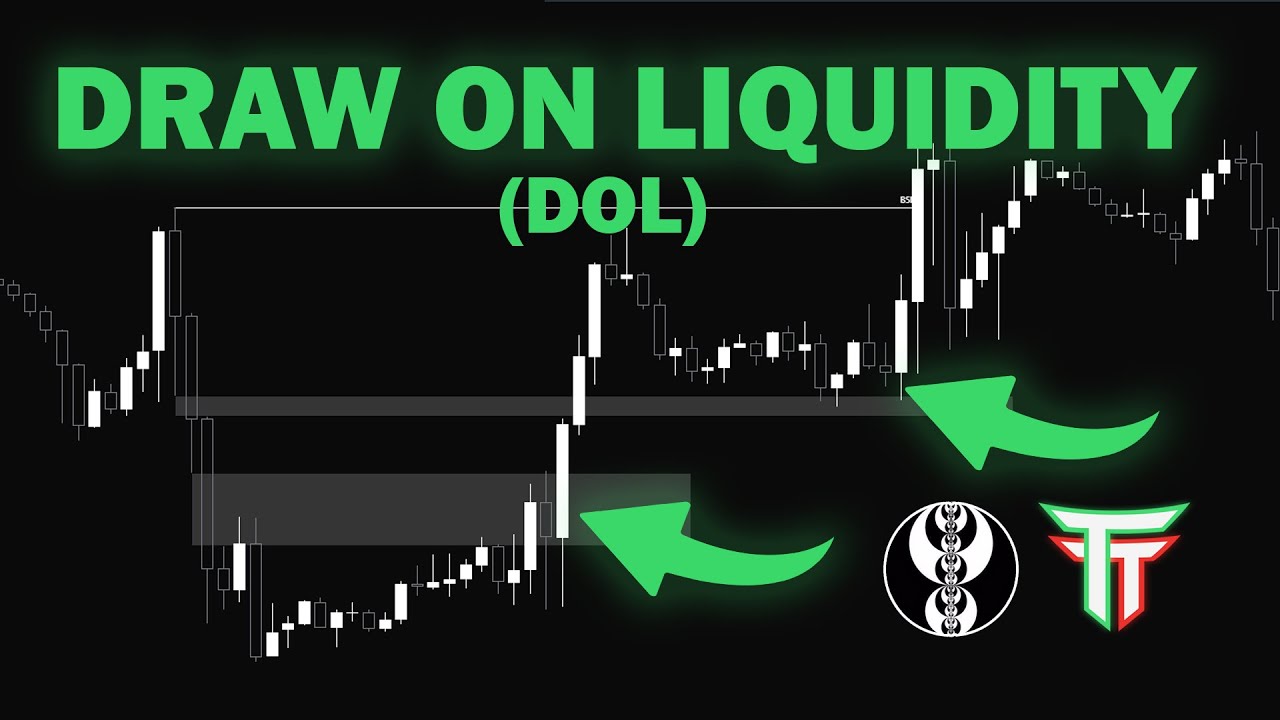FLOD, LLOD, PD Array Matrix - A-Z Guide Episode 8
Summary
TLDRIn this video, the speaker delves into more advanced trading concepts, focusing on Premium and Discount Arrays (PD Arrays) and their role in price movement. The video covers key ideas like price action lags, fair value gaps, and order blocks. The concept of 'First Line of Defense' and 'Last Line of Defense' is introduced to highlight points where price is likely to reverse. Emphasizing the importance of probabilities in trading, the speaker explains that while certain conditions may not always lead to successful trades, understanding overlapping PD arrays can improve trading decisions.
Takeaways
- 📊 The video discusses advanced concepts related to PD (premium and discount) arrays in trading, focusing on where prices could either rise or fall.
- 📝 PD arrays create a matrix where prices are likely to reject or pivot, which is termed a PD array matrix.
- 📉 A price action lag is explained as the movement between a swing high and a swing low, which is a key structure for identifying potential price reactions.
- 🔍 First line of defense and last line of defense are critical levels within a price action lag, indicating where the price may hold or break.
- 📈 Overlapping PD arrays (such as a fair value gap and order block) strengthen the chances of price rejection or support at a certain level.
- ⚖️ Trading is based on probabilities, not absolutes. Even in low probability conditions, there can still be successful trades, but higher probabilities offer better odds for success.
- 🔐 Liquidity pools play a role in price movement, with the possibility of temporary breaks of key levels (e.g., swing lows) before price continues in the intended direction.
- 📉 The first line of defense is often a fair value gap, while the last line of defense is a key swing high or low.
- 🧠 Studying past price actions, especially when the last line of defense is violated, helps in understanding why certain moves happen and improve trading decisions.
- 📅 A live stream is scheduled for Sunday, where these concepts will be further discussed, encouraging viewers to study and refine their understanding.
Q & A
What is a PD array?
-A PD array refers to 'premium and discount arrays,' which represent areas where price might reject, either pushing higher (premium) or lower (discount). They are key to identifying potential reversal zones in the market.
What is meant by the term 'price action lag'?
-Price action lag refers to the period of price movement between a swing high and a swing low, during which key price action patterns and PD arrays can be identified.
What does the 'first line of defense' mean in trading?
-The 'first line of defense' is the initial level where price is expected to find support or resistance. In this context, it often aligns with fair value gaps or other overlapping PD arrays, indicating a high probability of price reversal.
How is the 'last line of defense' defined?
-The 'last line of defense' is a crucial support or resistance level that, if breached, signals a stronger move away from the initial price action expectation. It often represents a swing high or low and indicates where the final attempt to hold or reject the price is expected.
What role does a 'fair value gap' play in determining price movements?
-A fair value gap represents a zone where there is an imbalance in price, which can act as a potential area of support or resistance. When overlapping with other PD arrays, it becomes a significant indicator of where price may reverse or stall.
What is an 'order block,' and how does it relate to price action?
-An order block is a zone where institutional traders have placed large orders, usually leading to strong moves. It's considered a PD array and often acts as a barrier or magnet for price, helping to predict where price might react.
Why is overlapping PD arrays significant for predicting price movement?
-Overlapping PD arrays, such as a fair value gap with an order block, increase the probability that price will react strongly at that level. These overlaps create high-probability areas for potential reversals or continuations.
What is the difference between high-probability and low-probability trading conditions?
-High-probability conditions align with patterns or levels that have statistically led to favorable outcomes, while low-probability conditions are less likely to produce desired results. Trading with high-probability setups generally reduces risk.
What should a trader consider if the last line of defense is breached?
-If the last line of defense is breached, it may indicate that the trend has changed, and the trader should look for new price action lags and adjust their strategy accordingly. It could also signal a significant move in the opposite direction.
How can a trader use liquidity pools in conjunction with PD arrays?
-Liquidity pools represent areas where price is likely to be drawn due to clustered stop orders. These can align with PD arrays, enhancing the potential for price reactions, as market participants may target these zones for liquidity before a move.
Outlines

此内容仅限付费用户访问。 请升级后访问。
立即升级Mindmap

此内容仅限付费用户访问。 请升级后访问。
立即升级Keywords

此内容仅限付费用户访问。 请升级后访问。
立即升级Highlights

此内容仅限付费用户访问。 请升级后访问。
立即升级Transcripts

此内容仅限付费用户访问。 请升级后访问。
立即升级浏览更多相关视频

How to Find the Draw on Liquidity EASILY! (DOL) - ICT Concepts

1 Candle Tells You Everything

ICT Mentorship Core Content - Month 07 - Short Term Trading Defining Weekly Range Profiles

Trading Market Structure like you've never seen before - A-Z Guide Episode 10

Intro to TAPDA - Time and Price Algorithmic PD Arrays | Banned video @Zeussy X RichTheBull

The 1st thing every trader should know: PD Arrays
5.0 / 5 (0 votes)
